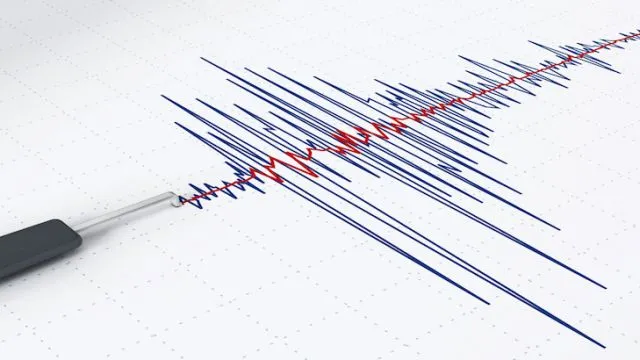
- Share on Facebook64
- Share on Pinterest
- Share on Twitter
A major earthquake may hit the Pacific Northwest sooner rather than later. A magnitude 8.0 to 9.0 earthquake occurs roughly every 200 to 500 years along the 800-mile fault line known as the Cascadia subduction zone. The last one occurred 300 years ago, before European settlement.
Officials don’t want to be caught off guard, so a huge drill called Cascadia Rising took place June 7–10 in an effort to practice and prepare for the impending disaster.
Cascadia Rising
Cascadia Rising, directed by the Federal Emergency Management Agency (FEMA), partnered with state, local and national organizations to carry out the exercise. Besides various county governmental agencies in Oregon, Washington and Idaho, partners included tribal nations, the American Red Cross and dozens of federal agencies. These included the following:
- U.S. Coast Guard
- U.S. Navy
- Joint Base Lewis McChord
- Army Corps of Engineers
- Environmental Protection Agency
- Department of Agriculture
- Department of Homeland Security
- Forest Service
- Department of Transportation
- Federal Aviation Administration
The most dangerous fault in America
Cascadia is considered the most dangerous fault in North America. Although the nearby San Andreas Fault is better known, the Cascadia is more powerful. Unlike the San Andreas, the Cascadia can trigger a tsunami. The Cascadia subduction zone lies primarily offshore, an interface between two tectonic plates. The western plate is sliding beneath the North American plate. As FEMA explains, “The plates are stuck, and the stress will build up until the fault suddenly breaks.” The result would be similar to the earthquake and tsunami that struck Japan in March 2011.
January 26, 1700
That day 316 years ago was the last time the Cascadia erupted. The subsequent tsunami was so powerful that it spread across the Pacific Ocean and destroyed villages in Japan, according to CNN. Native traditions reference this catastrophe, but didn’t pinpoint a specific time. A few decades ago, scientists discovered that lands along the Northwest coast dropped precipitously and experienced the water and mud of a tsunami. While most plants were killed, red cedar — famously rot-resistant — survived for a longer period, establishing so-called “ghost forests.” Via the use of carbon dating on Sitka spruce stumps left from the event, researchers dated the quake and tsunami between 1695 and 1720. After publication, a Japanese scientist provided records from various coastal Japanese locations noting tsunami-like conditions on January 26–27, 1700, with no accompanying earthquake. Later sampling of the ring patterns of ghost forest trees confirmed the trees’ last growing season occurred in 1699.
Worst-case scenario
The worst-case scenario involves a 9.0 magnitude earthquake followed by a tsunami. Should that occur, it easily becomes the worst disaster in US and Canadian history. A current FEMA model estimates that 11,000 people will die, with more than 26,000 injuries. Approximately 80,000 people would require evacuation. An estimated 30 percent of fire stations and 41 percent of police stations would be rendered useless, their equipment destroyed. Major highways and bridges would become impassable, let alone secondary roads. The entire Pacific Coast as far south as San Diego, and inland as far as New Mexico and Montana, would lose power. Depending on the area, power may not return for weeks — or even a year. The tsunami would create a toxic calamity.
Vashon Island
All over the region, local communities participated in the drill. One example was Vashon Island, situated in Puget Sound and accessible only by boat or aircraft. Washington National Guard troops were on hand, laying sandbags on the beach. Two tugs towed a barge, which contained Humvees and trucks. Civilian authorities gave direction to the troops. Two dozen ham radio operators volunteered their services. Exercises included loading wounded onto Medevac helicopters and food and water distribution. All of this was done using generators and equipment unaffected by a power outage, with communication taking place along the same lines.
Be prepared
Preparedness can make this event less catastrophic. After the exercise, FEMA will evaluate the drill and issue an After Action Report. Assessment includes how local, county, state and federal agencies respond to the exercise.
If you or your loved ones live in the Pacific Northwest, remember the big one is coming. No one can tell exactly when. It could occur this year, or a century from now. Some personal prepping may save your life.
—Jane Meggitt
- Share on Facebook64
- Share on Pinterest
- Share on Twitter

